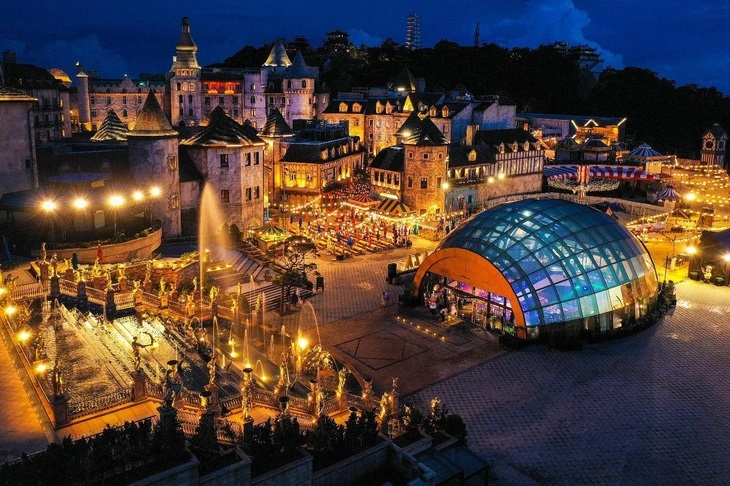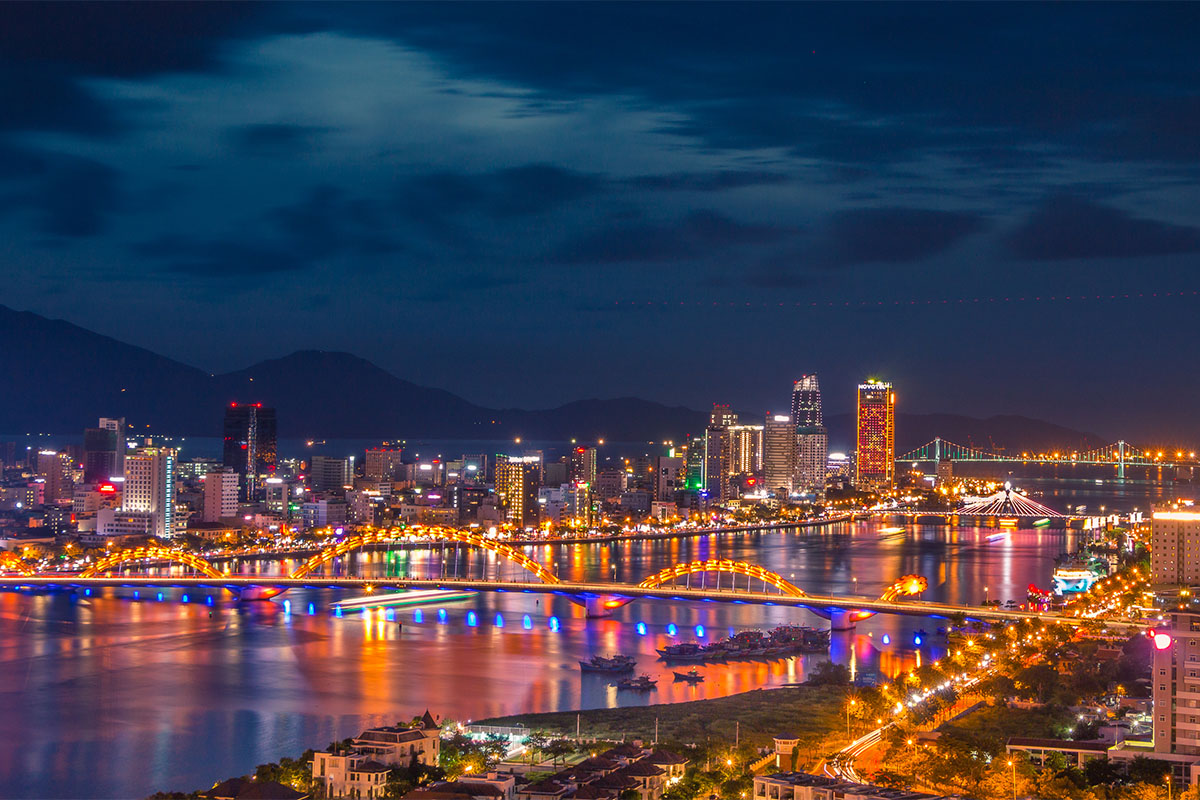
The Ministry of Culture, Sports and Tourism recently announced a project to develop night-time tourism, which is gaining popularity in Vietnam. The idea is to develop another revenue stream to contribute to the country’s economic development, popularise the Vietnam brand, improve competitiveness, and provide memorable experiences for visitors.
Accordingly, the project will focus on developing cultural activities, festivals, and nightlife entertainment to contribute to promoting and preserving traditional culture, creating a unique and impressive space for tourists, especially foreigners. This is a direction that many localities, especially key tourist areas, have begun to pilot to promote local strengths.
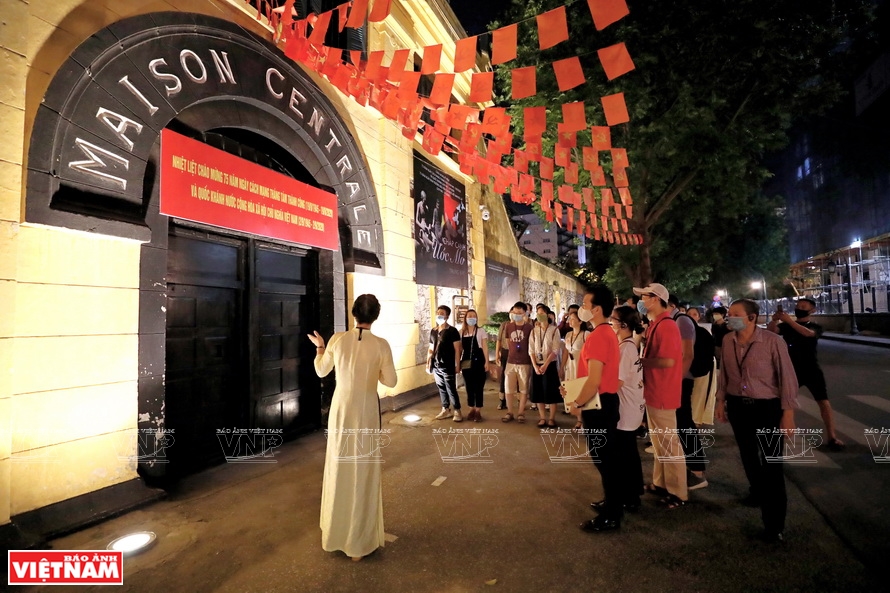
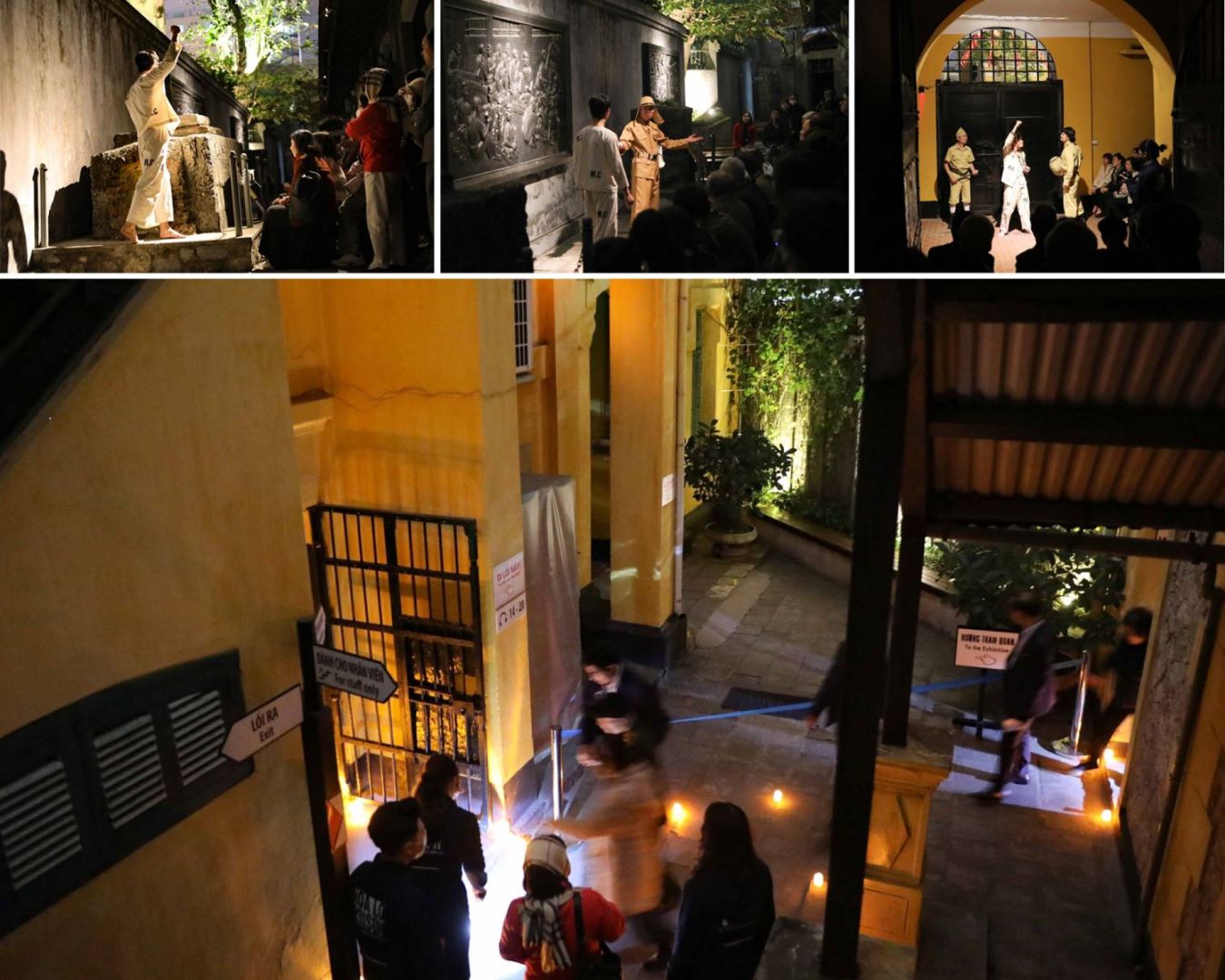
In Hanoi, the night tour “Decoding the Imperial Citadel of Thang Long” made its debut in April 2022 and was well received by domestic visitors at weekends. This is also Hanoi’s second night tour, after that offered by the Hoa Lo Prison relic site.
Travellers begin their 1.5-hour tour at Doan Mon (Main Gate), the entrance to Cam Thanh (Forbidden area) – the king’s residence, and learn about the site’s history, architecture, and functions there.
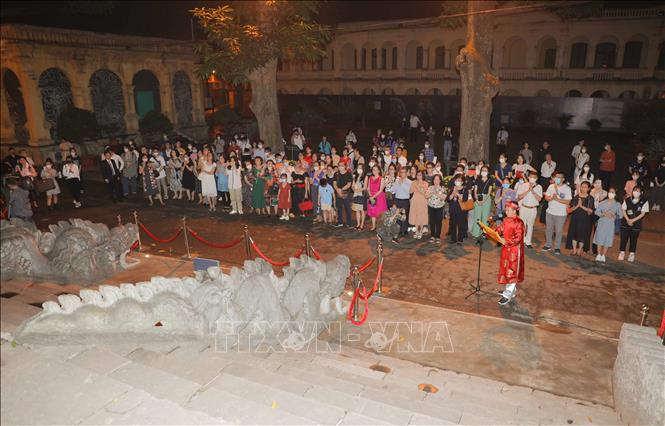
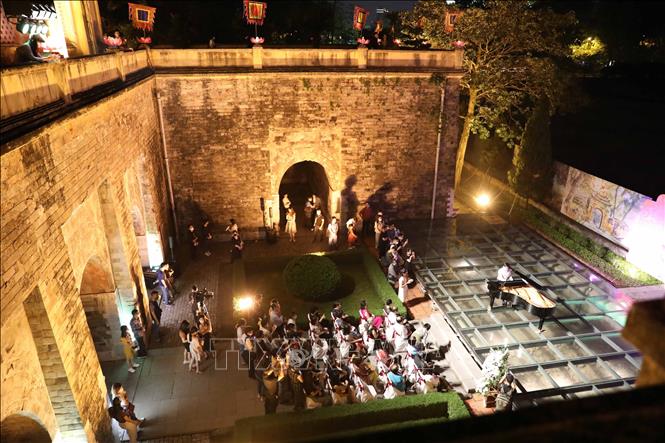
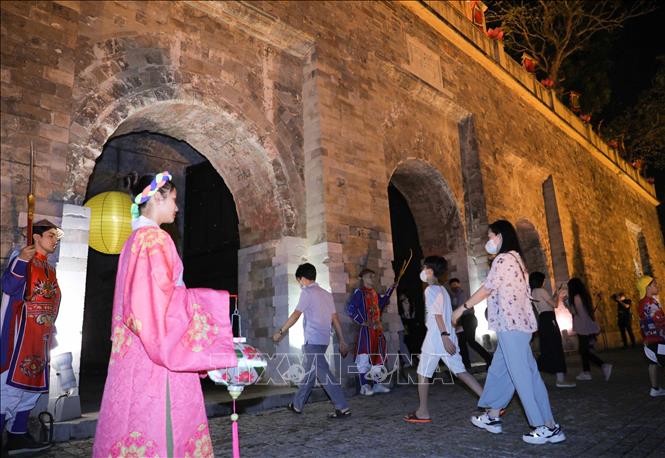
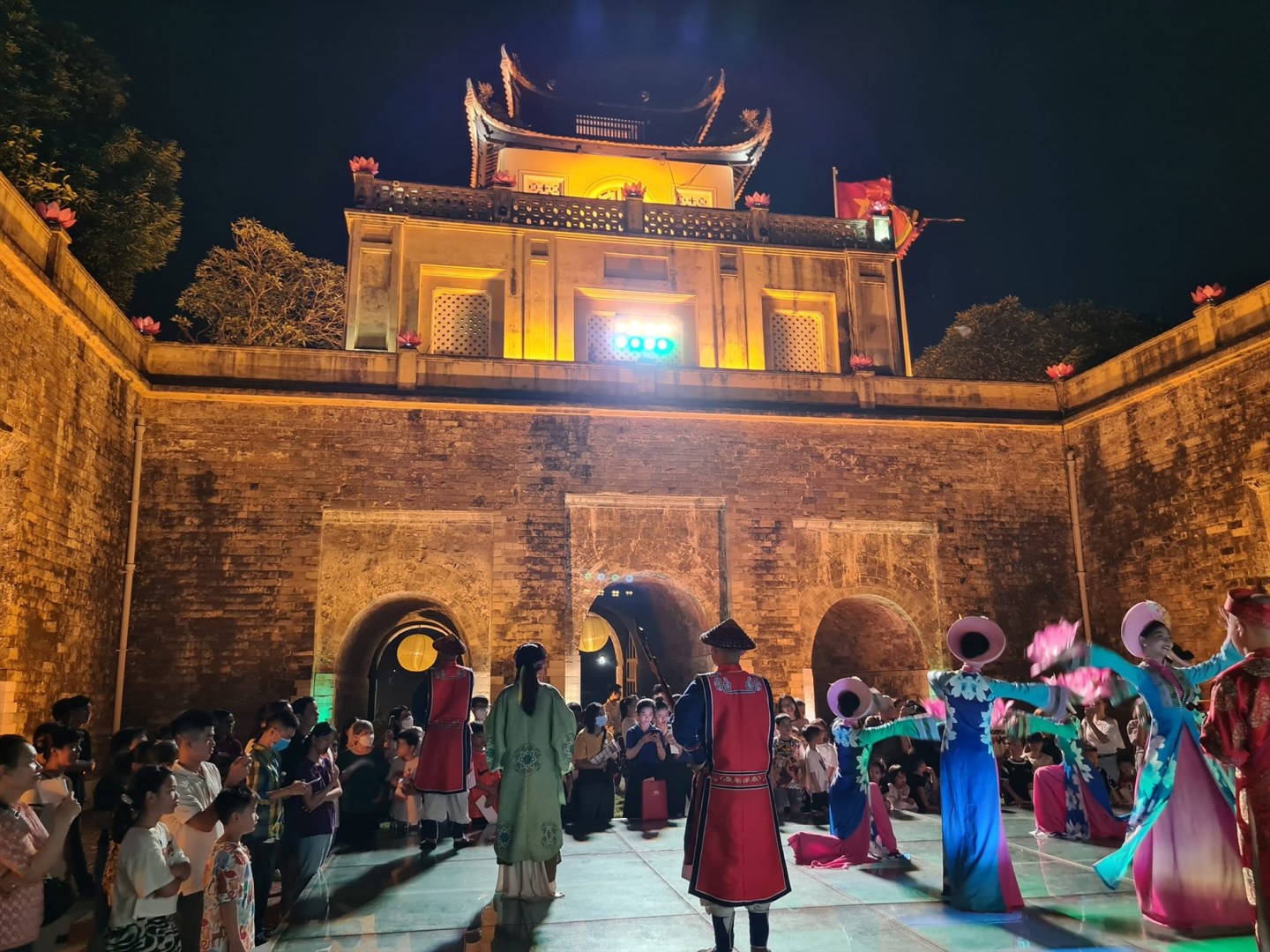
They will later enjoy an ancient dance right on the glass covering the archaeological excavation area and gain an insight into this dig from tour guides, that will educate on the vestiges of the Ly, Tran, and Le dynasties. They will also visit an exhibition hall of rare antiquities with some dating back over 1,000 years.
At Kinh Thien Palace, travellers can offer incense to King Ly Thai To, who moved the country’s capital from Hoa Lu in Ninh Binh province to Dai La which he renamed Thang Long in 1010. Tour guides will also dicuss the contributions of other kings to the capital’s development. The last destination of this trip is the archaeological site at No. 18 Hoang Dieu street, where visitors will experience a laser light show of outstanding antiquities of the Thang Long Imperial Citadel. Tourists can take part in a game in which they have to identify typical objects of feudal dynasties in the past.
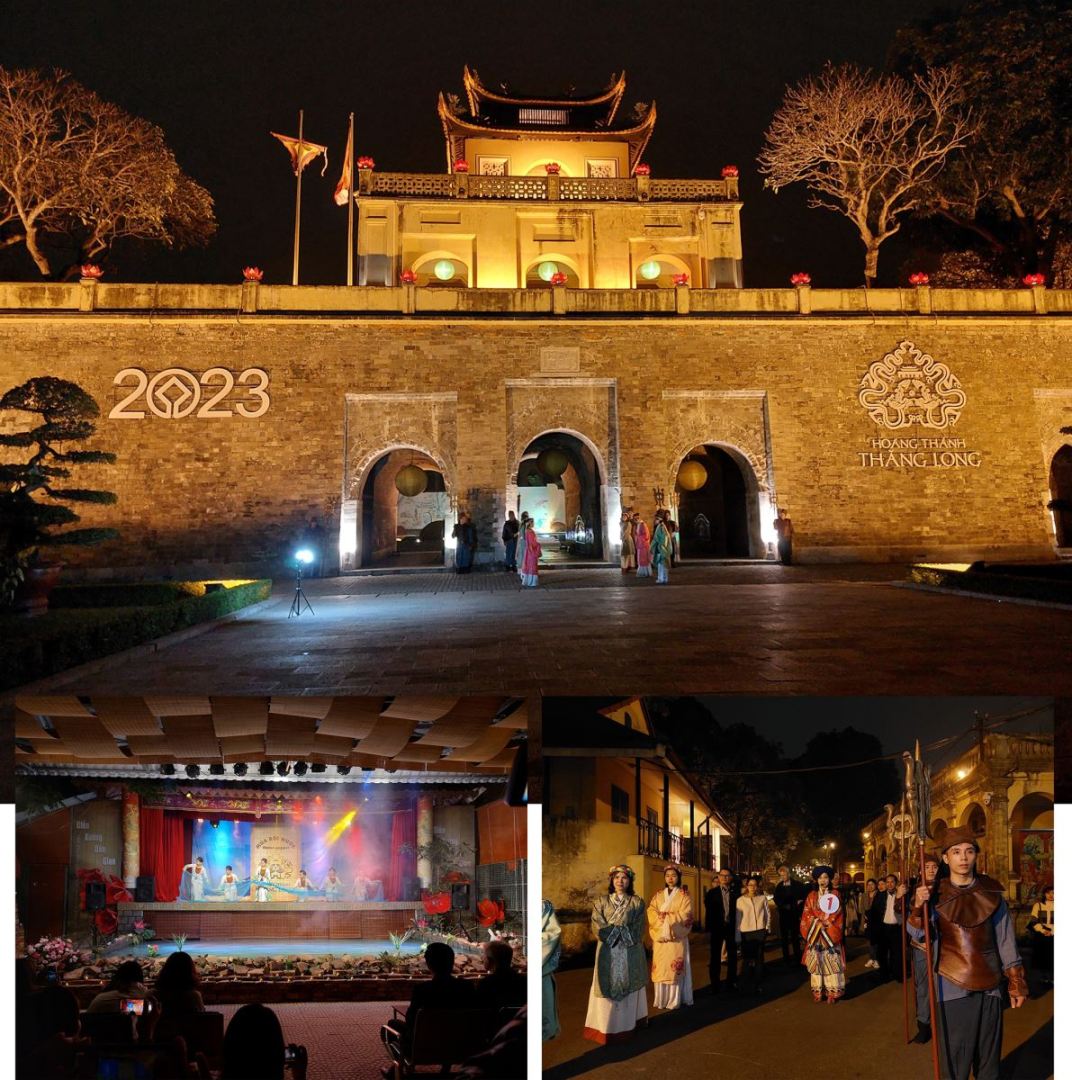
The northern province Quang Ninh, home to UNESCO-recognised world natural heritage site Ha Long Bay, is among the localities pioneering in exploiting night-time tourism products. Director of the provincial Department of Tourism Pham Ngoc Thuy said that night tourism in Quang Ninh is currently focused on several services such as restaurant cruises, music galas on the bay, and night streets.
Thanks to these activities, Quang Ninh welcomed a total of 8.86 million visitors in the first half of this year, earning 16.6 trillion VND (675.3 million USD), ranking it third, after Hanoi and Ho Chi Minh City, in terms of tourism revenue in this period.
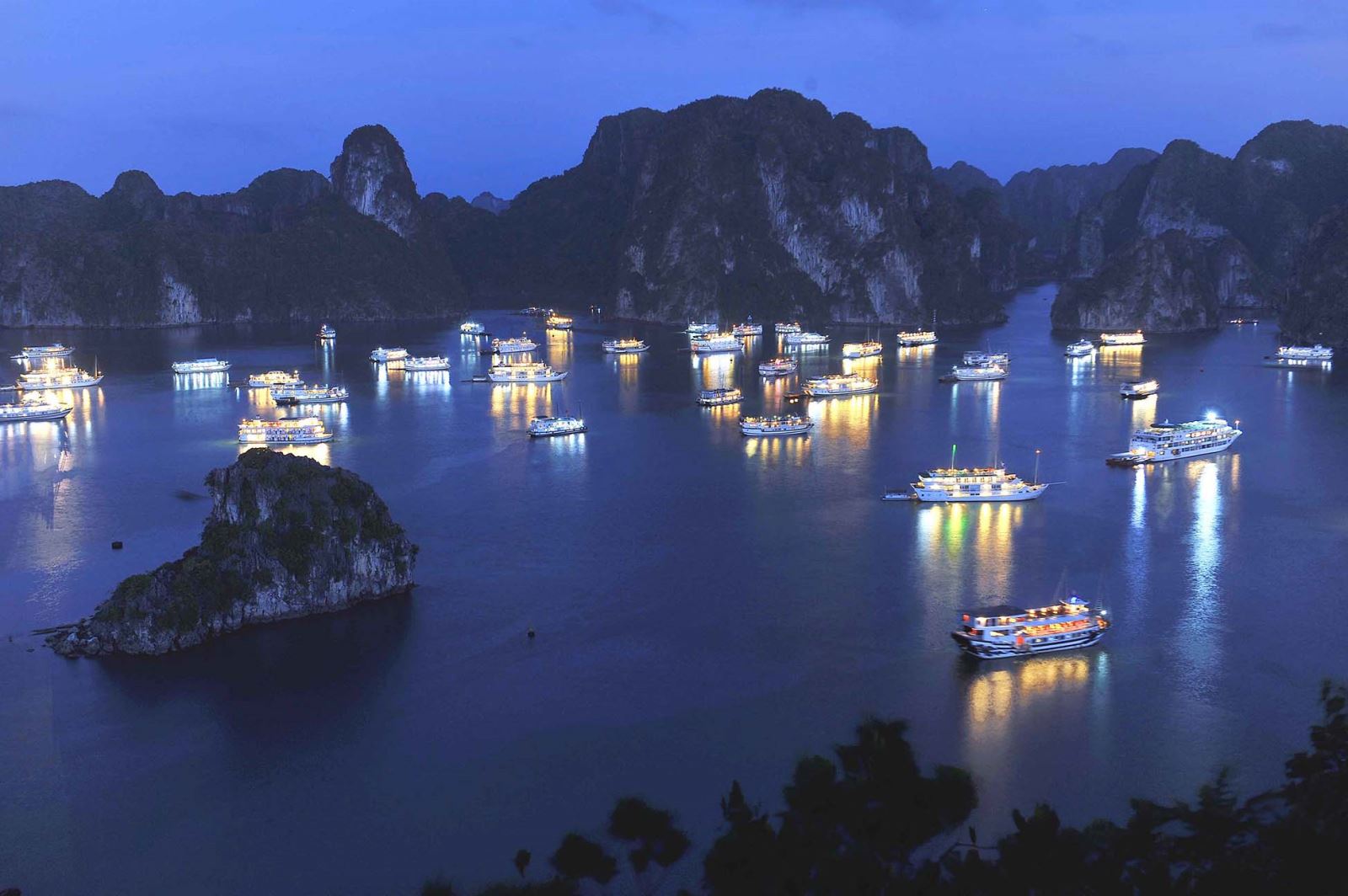
Many other localities such as Ho Chi Minh City, Thua Thien – Hue, Da Nang, Binh Thuan, Khanh Hoa, Binh Dinh, and Can Tho are all exploring available strengths to develop night tourism products to attract more holidaymakers.
Increasing competitiveness to attract more tourists
Experts suggest night-time tourism not only allows tourists to enjoy the unique local culture and culinary specialties, but also helps disperse the number of tourists during the daytime, thus reducing the load on main tourist destinations during peak hours, and enhancing sustainability.
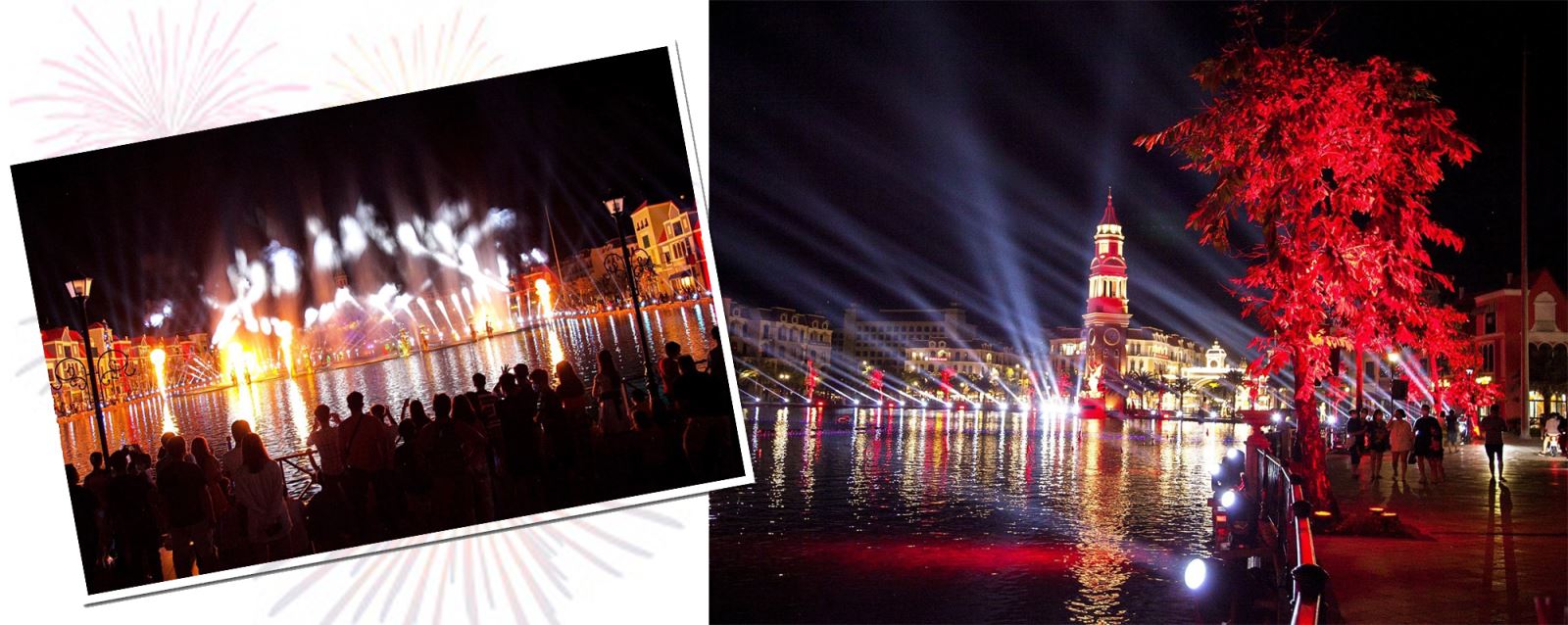
This kind of tourism also contributes to creating more jobs for local people, promoting the local economy, and increasing the competitiveness of the country’s tourism sector. However, there are problems related to night tourism that need to be solved towards sustainable development.
Difficulties need to be solved
In late 2022, the Institute for Tourism Development Research (ITDR) conducted a survey on night services for tourists in Vietnam in Da Nang, Hoi An (Quang Nam), Ho Chi Minh City and Da Lat (Lam Dong). These sites already offer night services and are piloting the application of extending service hours until 6am of the next day.
Through the survey they found that in Hoi An, services are still cursory. Tourists mainly come to visit and rarely stay overnight, and the workforce for night activities are hard to find. In addition, Hoi An is an ancient city and a world cultural heritage, so appropriate planning is needed when developing night services.
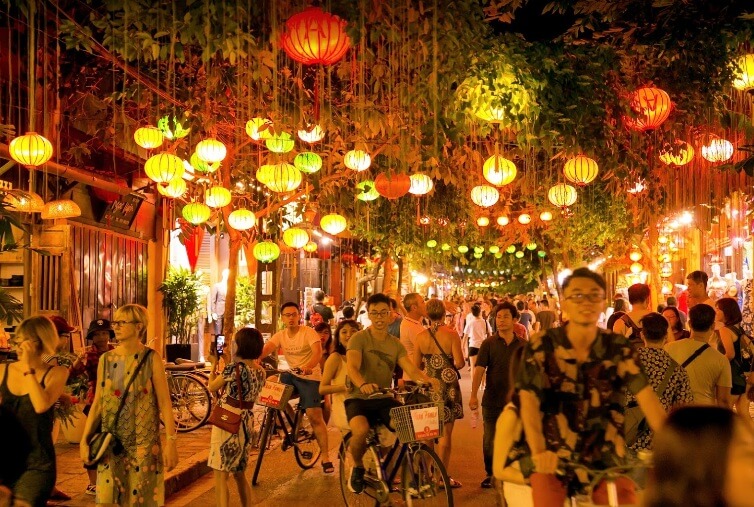
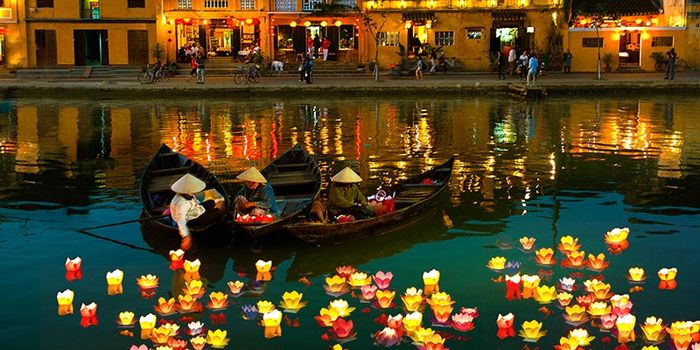

As for Da Lat, infrastructure and planning do not yet meet the needs of vehicle circulation or walking tours, while service quality is not yet professional, along with environmental and noise pollution.
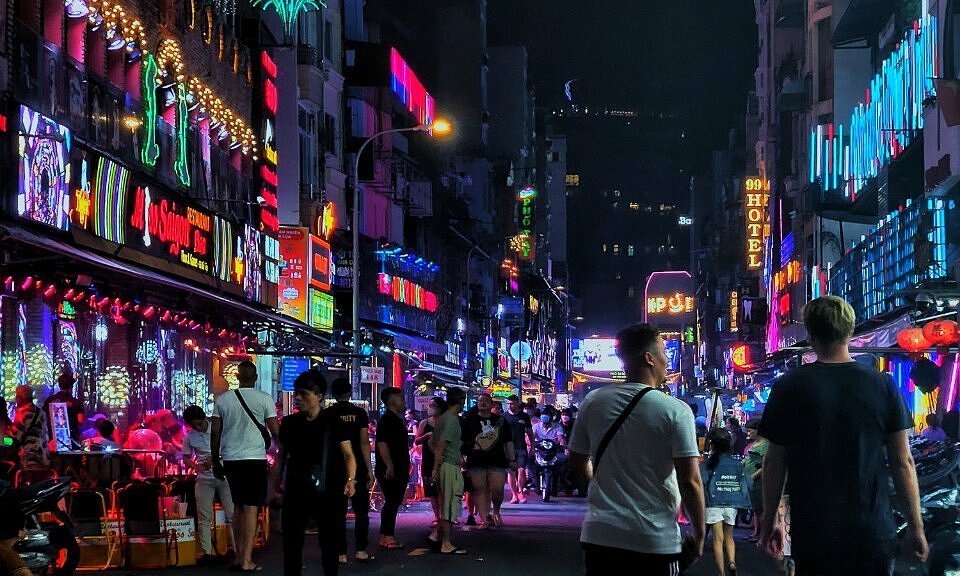
Meanwhile, many night tourism activities in Ho Chi Minh City are still spontaneous and issues related to management and environmental pollution also need to be given appropriate attention.
For Hanoi, the difficulty facing the capital city is lack of human resources, mechanisms to encourage households to expand business activities, and clear planning of space and time for night services.
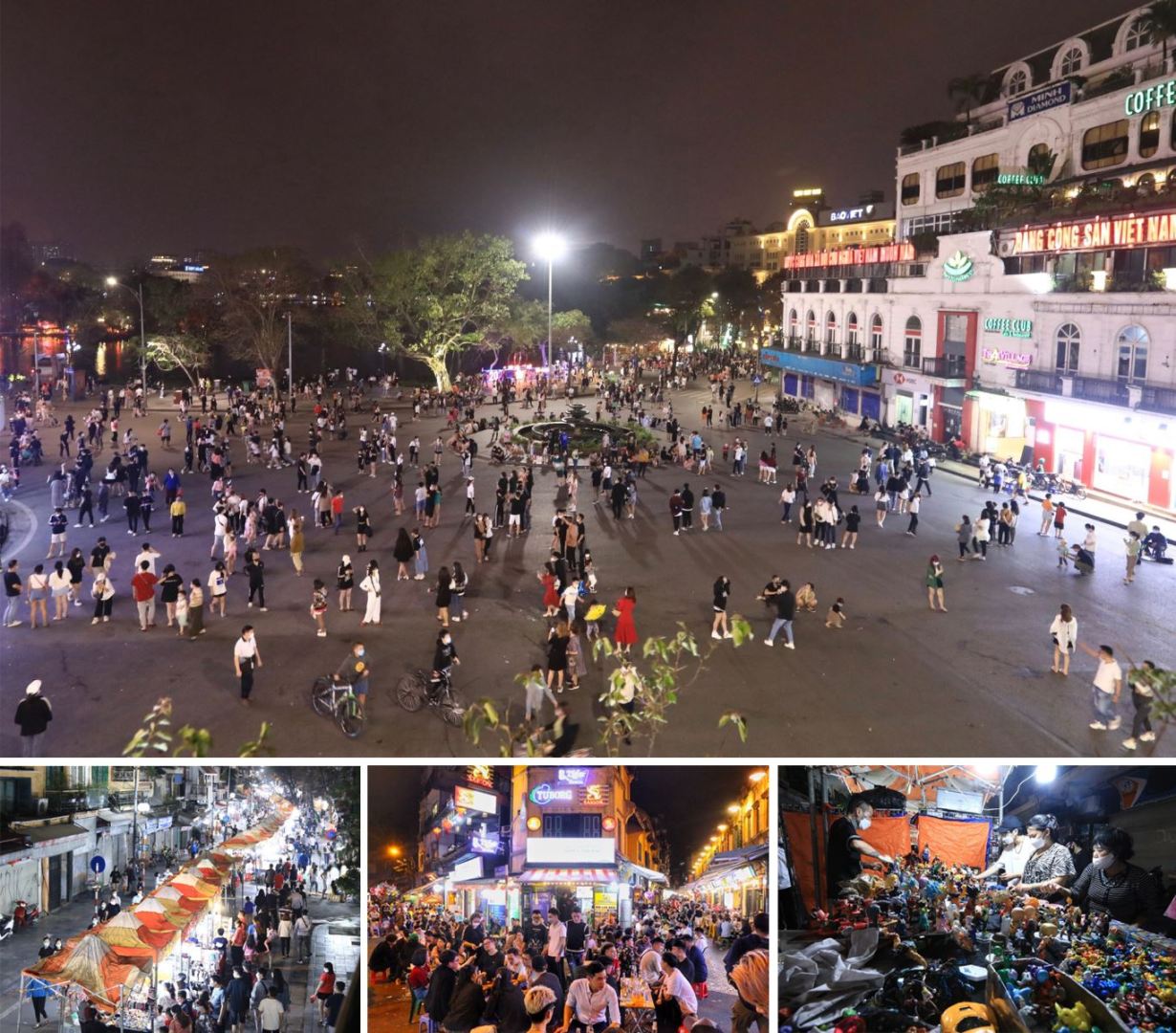
Forming night tourism brand of Vietnam
Under the Ministry of Culture, Sports and Tourism’s project, five models of night tourism product development are targeted. These include cultural artistic performances, sports, health care and beauty services, shopping and night entertainment, night tours, and culinary culture.
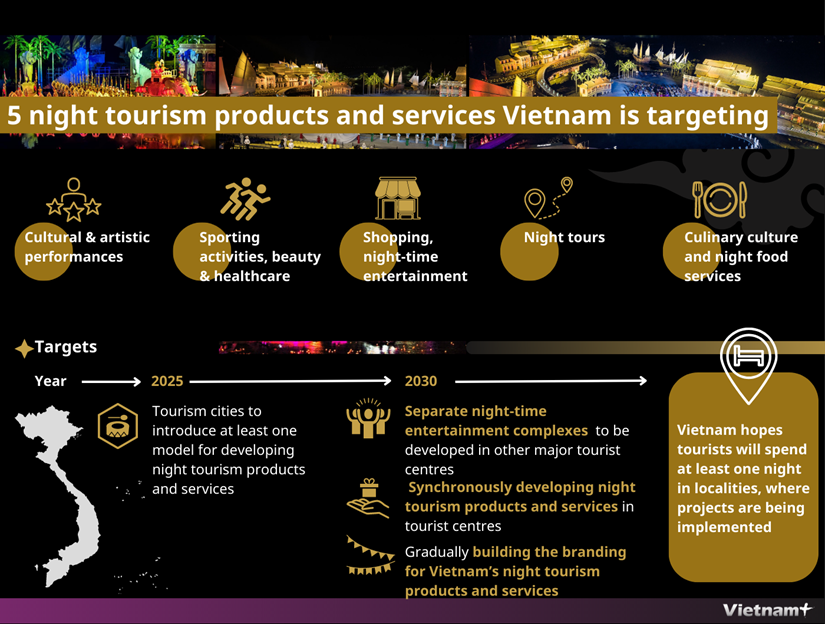
Bui Hoang Son, permanent member of the National Assembly’s culture and education committee, said that to successfully carry out night-time tourism and bring about high economic efficiency, it needs appropriate investment in infrastructure like lighting, public utilities and transport to ensure safety and convenience for tourists. Night tours also require solid policies and regulations to encourage the engagement of businesses, and protect the environment.
It can be said that there is huge potential to develop night-time tourism. However, to make that move effective, the engagement of management agencies, enterprises and the community is essential./.
